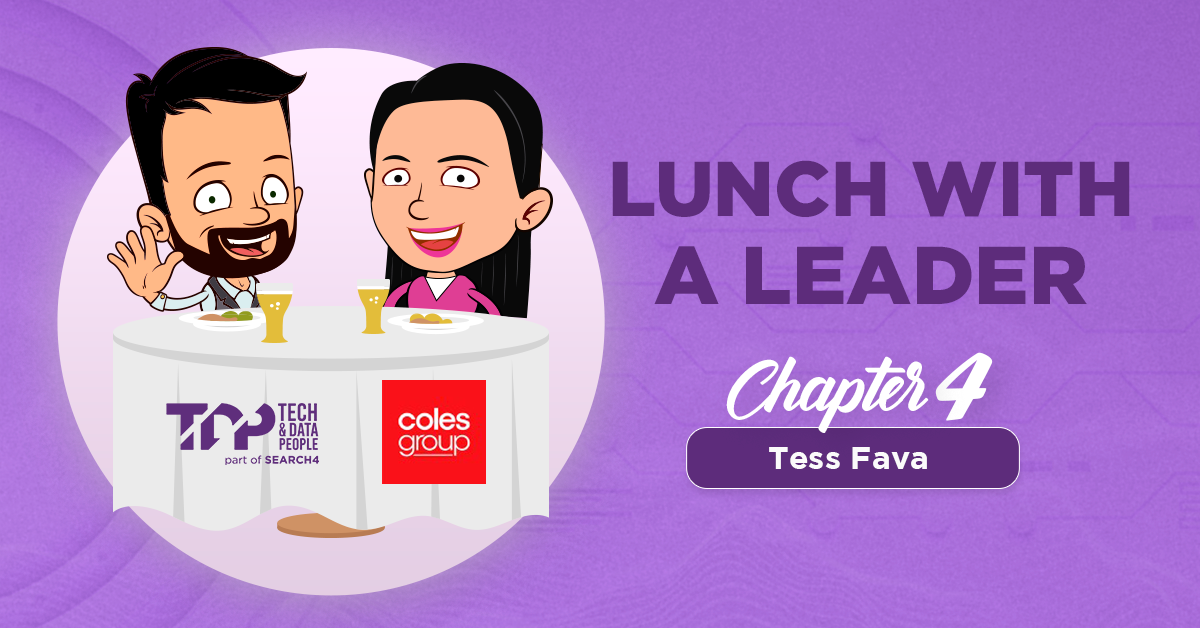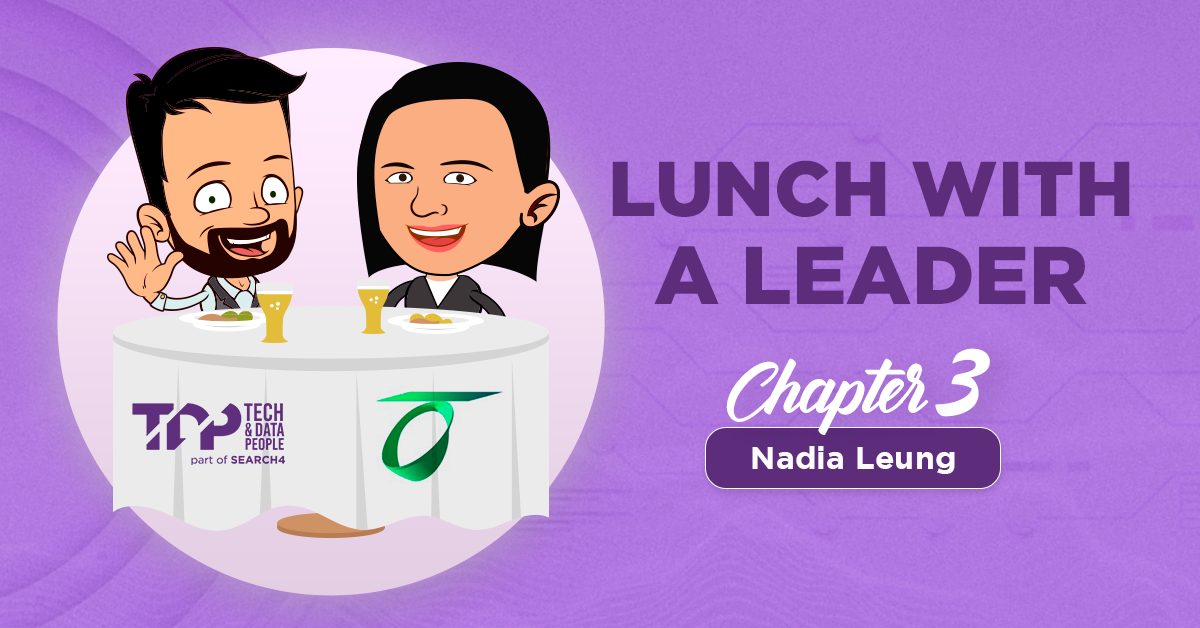Blogs
How C-Suite Leaders Can Set Up Executive Search for Success
Why the way you brief, partner, and align at the top matters more than ever.

When a leadership transition occurs — or you know one needs to — the pressure is on.
There’s visibility, politics, shifting responsibilities, and often a lot of emotion. And yet, the next hire needs to be a precise and strategic fit. Aligned with culture, board-ready, and capable of delivering impact from day one. Too often, though, an executive search process kicks off with a job title, a job description, and a ‘go find us one like this’.
But a transactional search will get you transactional results.
Hiring on your executive team is about shaping what comes next.
The right search strategy doesn’t just replace a leader. It unlocks long-term value, drives alignment, and sets the tone for your next phase of growth.
Here’s how to lay the groundwork for a smarter, more successful executive hire.
Setting the foundation for an executive search
Start with the strategic gap, not the job title
The best executive hires aren’t just made to replace the person who left. They’re made to take you somewhere the last person couldn’t.
Ask yourself:
- What’s the capability or perspective we’re missing at the exec table?
- What business-critical priorities need fresh leadership?
- Are we recruiting for where we are — or where we want to be?
Reframing the brief around strategic outcomes helps us align not just on what to look for, but why it matters.
Define success before you define the candidate
We often see briefs full of traits: ‘commercial mindset’, ‘proven track record’, ‘change agent’. But real traction starts when you clarify what success actually looks like in the first 12–18 months.
Do they need to:
- Rebuild a function or lead a transformation?
- Navigate board-level complexity?
- Build trust across silos?
That picture becomes the benchmark — and enables us to uncover leaders who’ve already delivered something similar.
Don’t default to the usual suspects
The right executive might not have the most obvious background.
They might not have led a company identical to yours. But they may have led through similar ambiguity, disruption, or growth curves. If you’re open to cross-sector experience or adjacent capabilities, we can often tap into a richer and more future-fit candidate pool.
Choose a search partner who goes beyond the database
The reality is: top leaders aren’t on job boards. A great retained search partner doesn’t just circulate a role.
They:
- Build trust-based conversations with high-calibre talent
- Represent your brand credibly and confidentially
- Surface diverse perspectives you might not reach otherwise
At this level, the how of search matters just as much as the who.
Don’t lose good talent to a bad process
Nothing turns off top-tier candidates like radio silence, vague briefs, or chaotic coordination. If the process doesn’t reflect the quality of your brand and culture, they’ll make assumptions.
Set up:
- Clear timelines and communication checkpoints
- Internal alignment on what you’re assessing and how
- A feedback loop that keeps candidates engaged and respected
Your reputation in market depends on it.
You don’t need hundreds of options. You just need the right one.
Executive search isn’t about volume. It’s about precision.
When done right, it’s not just recruitment but rather leadership strategy.
And the return on getting it right? Immense.
Hiring a leader is high-stakes — but it doesn’t have to feel like a gamble.
Tech & Data People can help you build a smarter executive search and secure you the leaders that will move the needle.
Get in touch with us here.











